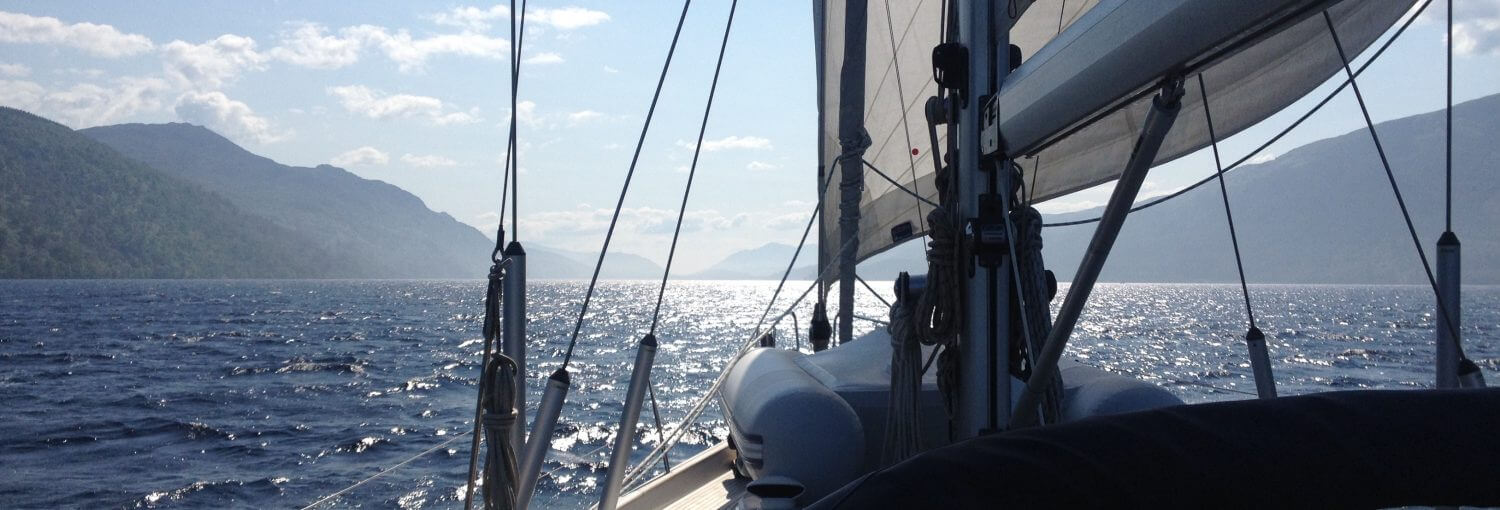How do you reef on a Hallberg-Rassy with a furling mainsail? We ourselves have done it the following way so far.
- Start the engine and furl the genoa.
- Steer the boat headfirst into the wind and keep it there (or preferably at 30 degrees over port) while simultaneously tightening the mainsail sheet.
- One of us keeps the boat on course (usually Mira) and the other rolls in the mainsail a bit (usually Toine).
- Finished reefing, then set back on course with mainsail in proper position.
- Motor off and roll out genoa again.
At sea with waves sailing on a wide course where it is really time to reef this feels like a lot of hassle. Not to mention it makes a lot of noise with the sail flapping and the boom moving with the head into the wind.
Everyone we ask so far how they reef come up with the same answer.
Since a few weeks we have been doing it in a different way. The reason for coming to that is tremendously sad ... to be read in this item.
Morgan's Cloud reverently writes a story about what other sailors can learn from this. He wonders why sailors dare go to sea with a boat in which it is not possible to reef on a broad course. He describes that he and his wife can always stay on a headwind course and reef in a "no worries" manner in short order. Could the same be possible with our boat?
We have been trying this out for the past few weeks and the results have been amazing. Why do we only know this now? Isn't this just part of the principles of good seamanship?
What is this "no worries" method of reefing on a broad or halfwind course?
- Just holding course with help from the autopilot.
- Tighten the genoa (as if you were sailing higher).
- With a furled genoa, the mainsail will flap slightly. This is because the wind in front of the genoa pushes against the back of the mainsail.
- At that point there is no problem reefing, even with the mainsail over starboard.
- Once reefed, the genoa can be loosened and repositioned together with the mainsail.
We are always going to do this this way from now on 😎👍. This method also works exactly in reverse when unfurling the sails. Even though our experience with this new way of reefing is still very limited and only on the inland waters of Zeeland with max 5 bft ... it works so well that we are confident it can help us tremendously in reefing at sea in more difficult conditions.
